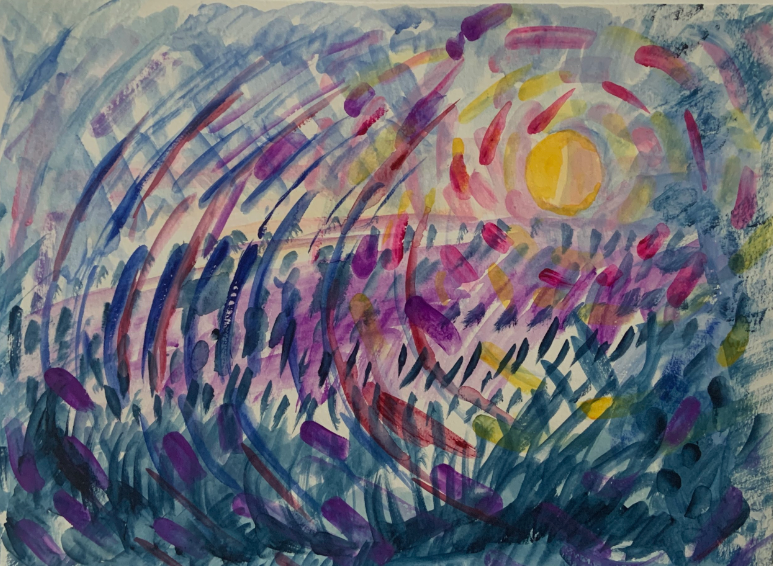Becoming temporarily bald is a common side effect of cancer treatment. For many, it is a difficult and all-too-visible symbol of illness and loss.
Do you know why people often lose their hair while on chemotherapy?
It is because chemo attacks rapidly dividing cells. Cancer cells rapidly divide – that’s the nature of cancer. But the cells in our hair follicles also divide rapidly. The chemo does a number on them as well.
About two weeks after beginning chemotherapy, it’s common to begin losing your hair. That’s about the time that the second round of chemotherapy is scheduled. Sometimes people believe that their second round of chemo caused them to lose their hair. Not so. It was the first round that caused the hair loss. It just takes a couple of weeks for the process to be complete.
There are dozens of chemotherapy drugs. Some always cause hair loss, some essentially never cause hair loss, and others cause hair loss only in some people.
Certain chemo drugs cause hair loss only on your head, but other drugs cause hair loss everywhere on your body. Even the little hairs in your nose disappear. (People on chemo sometimes have drippy noses – this is one of the causes).
When chemotherapy ends, hair usually begins to return. It is often a different texture and sometimes a different color than before.
Radiation therapy causes hair loss only where the radiation is specifically targeted. If you know a person going through cancer treatment and their head is bald, it’s much more likely to be the result of chemo. But if the hair loss is caused by radiation, it may not grow back when treatment is over.
Everyone has a different approach to dealing with their hair loss. Many obtain a wig that closely matches their usual look as much as possible, others experiment with wigs that give them a different look, some wear hats and turbans, and a few go with the bald look. Like some much of the cancer experience, there’s no single right way to do it.
I’ve talked with many people who were rock steady during their cancer diagnosis and treatment planning, but were shaken when they lost their hair.
Most of us don’t understand the science and medicine involved in having cancer. But we can all understand the very human feeling of sadness of finding tufts of hair on our pillows.
Reprinted with permission of the Ithaca Journal.





